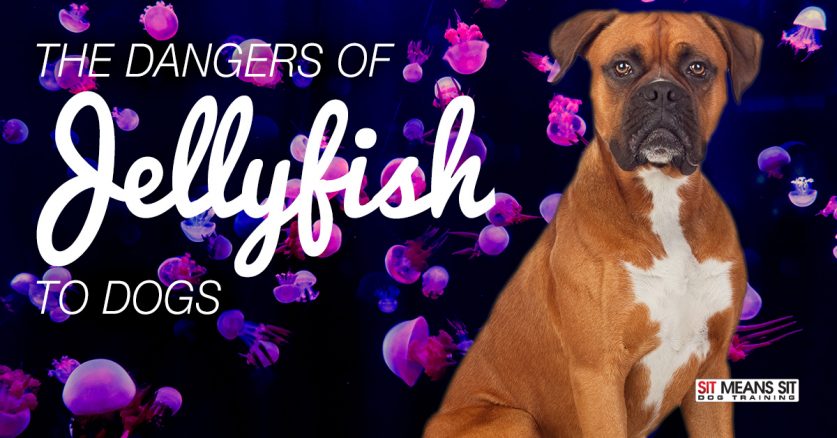
The Dangers of Jellyfish to Dogs
Picture it: A sunny and beautiful day out on the beach with your dog. Everything seems perfect, and then as your pup is wading in the water, they let out a cry. You discover they’ve been stung by a jellyfish – but what do you do? And how concerned should you be?
The Jellyfish in Hawaii Are No Joke
Beaches that face the southern side of Hawaii are most impacted when it comes to jellyfish, 8 days after a full moon. That includes Waikiki, Ala Moana Beach Park, Hanauma Bay, and the Waianae Coast all located on Oahu. Beaches in Maui are also affected, just not nearly as much as Oahu is.
When it comes to the types of jellyfish, the Box Jellyfish are extremely common as well as extremely dangerous! This due to their fast-acting toxins that create unbearable pain – so extreme that some victims of its sting have gone into shock or even have heart failure from it. So, if Pono ever is stung by a jellyfish, you should seek medical attention immediately!
How Dogs Get Stung & How to Avoid it
Most popular beaches will post signs warning beachgoers when jellyfish population is high, but when it comes to more secluded or private beaches, this may not be the case.
Your furry friend is a curious one. We may be familiar with what a jellyfish looks like and know when to move out of its path – but your dog not so much. While swimming or playing on the shoreline, they may see this flowy creature and want to inspect it – leading to a likely sting. Or when Pono is digging in the sand, they may come across a dead jellyfish, which still hold toxins.
To help prevent your canine companion from going through such a traumatic experience, monitor the jellyfish activity through beach signs and news outlets. If you end up finding a jellyfish, immediately get yourself and Pono away from it and inform a lifeguard about the situation. Also, before you go to the beach, apply petroleum jelly to their nose/snout, belly, around their eyes, and paw pads to help protect their skin.
How to Tell if Your Pup Has Been Stung
There are various symptoms your dog may experience after being stung by a jellyfish. Some signs may only take a few minutes to become apparent while others can take up to 3 hours until they’re noticed.
Most Common Symptoms of a Jellyfish Sting
- Blistering
- Changes in Heart Rhythm
- Hives & Itching
- Confusion
- Numbness
- Difficulty Breathing
- Excessive Drooling
- Shock
- Fever
- Swelling in the Face
- Red and/or Swollen Skin
- Nausea & Vomiting
What to Do if Pono is Stung
It’s better to play it safe rather than sorry, so it’s recommended to take your canine companion to a vet as soon as possible. If you’re able to, scooping the jellyfish up in a bag or getting a good picture of it (without getting yourself stung) can be extremely helpful the vet in quickly and accurately helping your pooch.
In the meantime –
- Try flushing the affected area with white vinegar – it’ll help prevent the affected area from releasing more toxins into your pup’s system.
- Never try to scrape away any of the stingers, it can actually cause more toxins to be released into their system – instead, use a pair of tweezers while safely wearing gloves
- Once the stinger has been removed, and you’ve flushed out the area, apply heat to the wound. Most people would think to use something cold, but this can actually cause the affected area to expand.
Jellyfish stings can be extremely scary, but don’t let it deter you from having beach-related fun with Pono. As long as you stay alert, precautious, and informed on what you might need to do – you and your canine companion should be fine.
